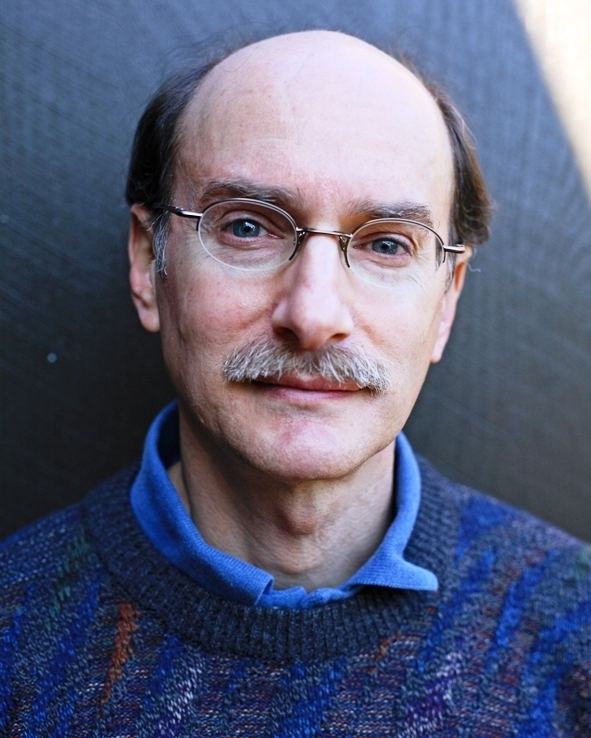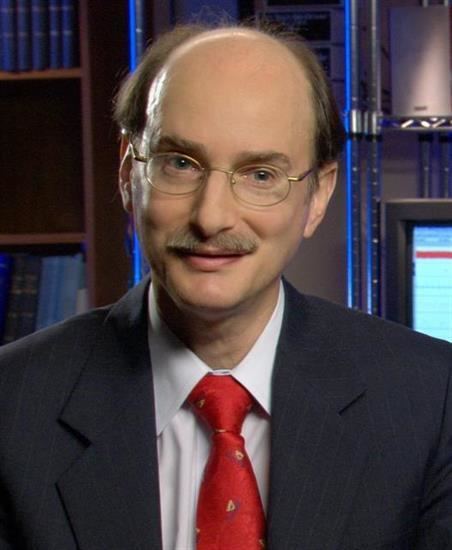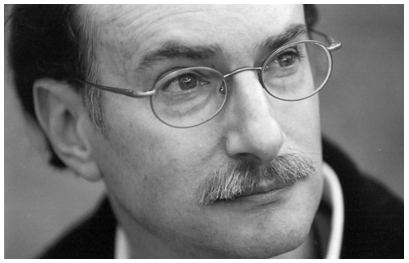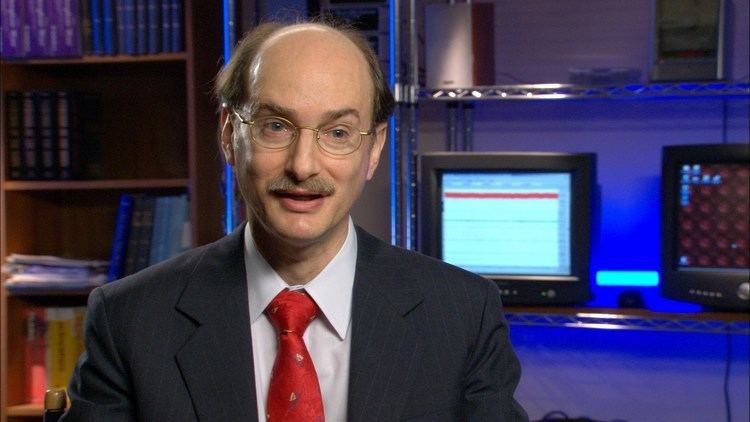Name Dean Radin | Books Entangled minds | |
 | ||
Role Researcher · deanradin.com People also search for Daniel Pinchbeck, Deepak Chopra, Simone Haggiag | ||
Dean radin on consciousness interviewed by adrian nelson
Dean Radin (; born February 29, 1952) is a researcher and author in the field of parapsychology.
Contents
- Dean radin on consciousness interviewed by adrian nelson
- Exploring psychic phenomenon and human consciousness with dean radin
- Early life
- Parapsychology
- Books
- The Conscious Universe
- Supernormal
- Other books
- References

He has been Senior Scientist at the Institute of Noetic Sciences (IONS), in Petaluma, California, USA, since 2001, served on dissertation committees at Saybrook Graduate School and Research Center, and former President of the Parapsychological Association. He is also co-editor-in-chief of the journal Explore: The Journal of Science and Healing.

Radin's ideas and work have been criticized by scientists and philosophers skeptical of paranormal claims. In addition, the review of Radin's first book, The Conscious Universe, that appeared in Nature charged that Radin ignored the known hoaxes in the field, made statistical errors and ignored plausible non-paranormal explanations for parapsychological data.

Exploring psychic phenomenon and human consciousness with dean radin
Early life

Radin worked as a concert violinist for five years, later switching to engineering after earning an undergraduate degree in electrical engineering from the University of Massachusetts Amherst, as well as both a master's degree in electrical engineering and a doctorate in educational psychology from the University of Illinois at Urbana-Champaign. After his graduation, Radin worked at Bell Labs, and then conducted research at Princeton University, GTE Laboratories, University of Edinburgh, SRI International, Interval Research Corporation, and was a faculty member at University of Nevada, Las Vegas.
Parapsychology
Radin was elected President of the Parapsychological Association in 1988, 1993, 1998, and 2005 and has published a number of articles and parapsychological papers supporting the existence of paranormal phenomena, as well as two books directed to a popular audience: The Conscious Universe and Entangled Minds. Radin believes that parapsychology is as repeatable as any science but that it is also, as paraphrased by sociologist Erich Goode, "elusive, subtle and complex", a field of study that is "difficult to replicate" and for which "our understanding of it is incomplete".
Radin's paranormal claims have been roundly rejected by those in the skeptical and mainstream scientific communities, some of whom have suggested that he has embraced pseudoscience and that he misunderstands the nature of science. The physicist Robert L. Park has written "No proof of psychic phenomena is ever found. In spite of all the tests devised by parapsychologists like Jahn and Radin, and huge amounts of data collected over a period of many years, the results are no more convincing today than when they began their experiments."
Chris French criticized Radin for his selective historical overview of parapsychology and ignoring evidence of fraud. French recounts that the medium Florence Cook was caught in acts of trickery and two of the Fox sisters confessed to fraud, but that Radin did not mention this fact. Radin has claimed the results from psi research are as consistent by the same standards as any other scientific discipline but Ray Hyman has written many parapsychologists disagree with that opinion and openly admit the evidence for psi is "inconsistent, irreproducible, and fails to meet acceptable scientific standards".
Radin and his colleagues have suggested that small-scale studies have produced a "genuine psychokinetic effect" but critics have asserted that Radin has not shown evidence that the null hypothesis of no such effect can be confidently rejected. Further, psychologists David B. Wilson and William R. Shadish writing in Psychological Bulletin criticized claims made by Radin and his associates that human minds can psychically influence random number generators, saying that parapsychologists "need to go beyond statistics and explain how the mind might influence a computer, then test that prediction". Radin has appealed to quantum mechanics as a mechanism, claiming that it can explain the non-locality and backward causality associated with psi phenomena, though such ideas are harshly criticized by physicists who study quantum mechanics as being pseudoscientific. Radin has written that not all people experience paranormal phenomena (or see ghosts) because they block such signals due to the process of latent inhibition.
Books
While Radin's books have been reviewed favorably by groups that give general reviews such as Publishers Weekly and Kirkus Reviews, reviews from scientists and skeptics have been generally negative.
The Conscious Universe
A critical review of The Conscious Universe: The Scientific Truth of Psychic Phenomena (1997) was published by the British mathematician I. J. Good in Nature. Good wrote about flaws in Radin's method for evaluating the file-drawer effect. He stated that the book avoided mentioning the evidence of fraud in parapsychology. Radin replied to Good in a follow-up letter in the correspondence pages of Nature, saying that Good in his review had misinterpreted a reference to a probability value. Good replied, saying that most readers would not arrive at the same interpretation of what Radin had written noting that readers would be surprised to learn that by "more than a billion trillion", Radin meant more than 10100". Further, Good noted that the file drawer effect does not account for intentional fraud, as was very probably the case with prominent ESP proponents such as Samuel Soal, nor is there any real means of estimating such "intellectual, observational or ethical lapses" within ESP. In 2002, Victor J. Stenger gave a criticism of The Conscious Universe that aligned with Good's arguments that Radin did not perform the file-drawer analysis correctly, made fundamental errors in his calculations, and ignored non-paranormal explanations for the data.
The book was reviewed by the philosopher and skeptic Robert Todd Carroll in a thirteen-page chapter-by-chapter critique which noted how Radin had not cited the skeptical literature on the subject of parapsychology. Carroll stated that Radin had ignored "the many hoaxes and frauds that dot the landscape in the history of psi research."
Supernormal
Radin's book Supernormal: Science, Yoga, and the Evidence for Extraordinary Psychic Abilities (2013), published by New-age guru Deepak Chopra, argues support for psychic phenomena, linking them to the siddhis from yoga-related legends. Publishers Weekly has reviewed it, saying of the book, that it is "unfocused and opaque at times" but "nevertheless an admirable attempt to bridge the gap between the scientific and the spiritual realm". The anonymous review by Kirkus Reviews gave it a positive review saying "certainly not for everyone, but a smart reminder that we haven’t got the whole scene covered".
Dale DeBakcsy, writing for the Skeptical Inquirer, reviewed Supernormal and commented that the work is "misrepresenting report data, lowering success criteria, and playing a somewhat loose game with how rigorously confidence information is presented". The first claim in relation to evidence is that Psi effects are present above chance to a probability of 1015 to 1, from a meta-analysis of Forced choice recognition in the parapsychological literature. The study reported that the results varied wildly with an extremely unusual standard deviation, such that they dropped 10% of the most extreme variations which reduced the effect size. Inexplicably, to DeBakcsy, Radin kept the more suspect figure. Further in the book, Radin picks a test made at Princeton which claimed that:
"A rather strange yet persistent image of [the agent] inside a large bowl—a hemispheric indentation in the ground of some smooth man-made materials like concrete or cement. No color. Possibly covered with a glass dome. Unusual sense of inside/outside simultaneity. That’s all. It’s a large bowl. If it was full of soup [the agent] would be the size of a large dumpling!"
matched the location of "the radio telescope at Kitt Peak". This is despite there being several radio telescopes at Kitt Peak, such as the Very Long Baseline Array, but that telescope does not match the description as given. DeBakcsy contends that the ARO 12m Radio Telescope perhaps fits the best, but it was also different in several aspects to the described object. DeBakcsy further commented that, considering this is the best example out of 653 possible other tests made at Princeton, it is quite poor. Noting the spread of meta-analyses of the same studies (where the individual studies are weighted differently), have wildly varying odds returned (from trillions to one, to indistinguishable from chance), DeBakcsy argues that this undermines the reliance on meta-analysis in the work since they lack standardization.
